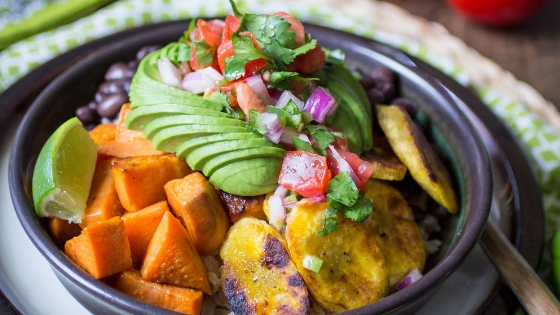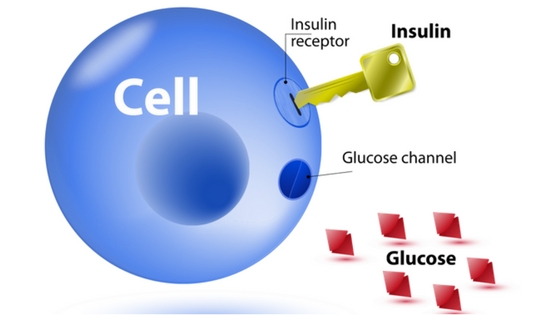Its really important to understand how insulin works in the body and why insulin sensitivity is so important in relation to your fitness goals. To put it all simply, insulin is a hormone that your pancreas secretes to shuttle blood sugar into cells like your muscle and fat cells.
Being insulin sensitive means your body uses less insulin to transport blood sugar. Being insulin resistant means your body needs to use a lot more insulin for the same amount, which leads to fat gain, fatigue, and type 2 diabetes.
Increasing insulin sensitivity helps to cut body fat and use sugar for energy a lot more efficiently. This is also a good idea in the fight against type 2 diabetes.
Here are the 7 simple diet tips to improve insulin sensitivity.
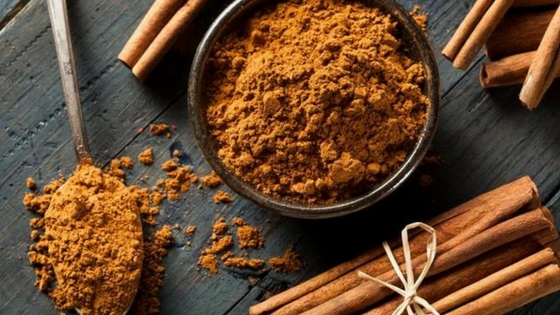
1- Start Intermittent Fasting

Intermittent fasting is 1st on my list because it is the quickest and most effective way to increase insulin sensitivity and normalize blood sugar levels. This is why intermittent fasting is one of the most powerful ways to cut body fat and do it in a timeline fashion.
To start with intermittent fasting, set up a 6-8 hour eating window that works well with your schedule. This will leave you with 18-16 hour fasting window. After that you’ll want to plan out your meals for that eating window and preferably prep your meals, so they’re ready to go.
2- Add A Teaspoon Of Ceylon Cinnamon
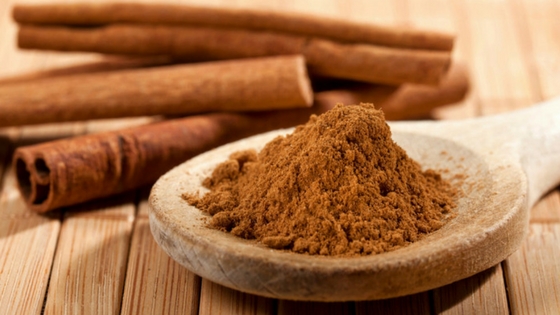
Cinnamon improves insulin sensitivity and lowers fasting blood sugar levels. The 2 compounds in cinnamon that help with this are chromium and polyphenols.
The two types of cinnamon are cassia and ceylon. Cassia is alot more common and known for its strong flavor. Ceylon, also known as true cinnamon, is a lot harder to find, but one of the perks of it is that its taste is not as strong, which may make it easier on the liver.
A teaspoon a day of cinnamon with your first meal over time can help a great deal especially with fat loss. I personally add it to the smoothie that breaks my fast.
3- Add Apple Cider Vinegar
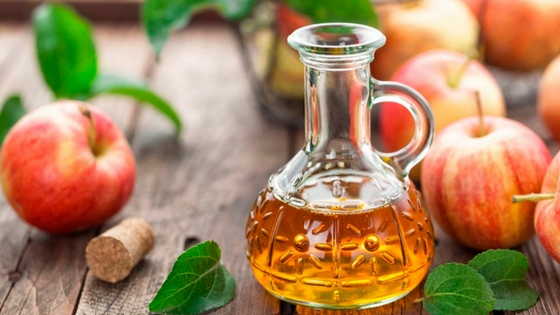
Apple cider works very well with improving insulin sensitivity after high carb meals by 19-34%. It also lowers blood sugar levels by slowing down the emptying of the stomach.
Finishing your last meal with 1-2 table spoons of apple cider vinegar is a great strategy for improving insulin sensitivity while you sleep.
You really have to earn the benefits of this stuff because it tastes terrible to most people. Try mixing it in with a salad, or a green juice smoothie.
4- Add Turmeric

Turmeric is one of the most powerful things you can add to your diet because of all the benefits that come with it. A few of those benefits are anti-inflammation, which helps to fix gut health issues, and arthritis. It also protects brain function, and fights depression, Alzheimer’s, and other brain related illnesses.
More specific to this topic, turmeric improves insulin sensitivity, and regulates blood glucose levels. A few of the ways it does this is by improving beta cell function of the pancreas, improving fatty acid oxidation and utilization, and improving insulin receptor function.
The benefits of turmeric come from anti-oxidant called curcumin. Checkout this study on curcumin for the details.
5- Add Ginger
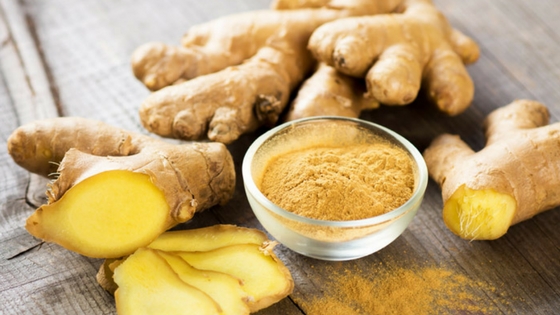
Ginger is very similar to turmeric being that they are both from the Zingiberaceae family and have a lot of the same benefits. Unique to ginger, it can help reduce muscle soreness, chronic indigestion, LDL cholesterol levels, and menstrual pain.
Like turmeric, you can use it as a spice to cook with daily, and it works basically the same way over time. For the details on how this works, checkout this study here.
You can also get it in the form of of an essential oil and mix it with tea. If you don’t like the taste of ginger, you can also take it as a supplement in capsule form.
6- Add Spirulina

Spirulina is an amazing heavily nutrient dense food created from algae. In fact, gram for gram, it holds the reputation of being the most nutrient dense food in the world. It is heavily loaded with protein, B vitamins, iron, calcium, iron, calcium, anti-oxidants, and omega 3 fatty acids.
Spirulina improves insulin sensitivity by regulating blood lipid levels and cholesterol, and the anti-oxidants reduce oxidative stress and inflammation. All of this combined improves pancreas function and reduces lipotoxicity.
You can take it in a capsule, or powder form. It doesn’t taste too good by its self, so I’d advise mixing in with juiced vegetables, and a fruit like apples and pears.
7- Add More Magnesium

Magnesium is a key micro-nutrient that is responsible for improving and correcting insulin sensitivity. In fact, magnesium deficiency is the fundamental defect found in people who experience pre-diabetes, metabolic syndrome, and even diabetes. There is a huge variety of tasty foods that you can add to your daily diet. Here’s a few of those foods.
Dark Chocolate is a great source of magnesium, but is also a great source of anti-oxidants. Its prebiotic fiber also feeds your good gut flora, which is a major asset in improving gut health.
Avocado is one of the easiest ways to get magnesium in your diet because its versatile and delicious. Its also a great source of potassium as well which helps purge toxins from the blood.
Nuts like almonds, cashews, and brazil nuts make for 20% of your RDI with just 1 serving.
Legumes like black beans account for 30% of your RDI with just 1 cup. This is also a great source of protein, and iron.
Seeds like pumpkin seeds account for 37% of your RDI with just 1 ounce. This is also another great source of protein that you can add to your smoothies and use as a topping.
Tribe By Noire

I’ve created this platform to help you become the most powerful version of yourself through fitness, plant based nutrition, and mindset coaching.
copyright © 2018 Tribe By Noire. All Rights Reserved
